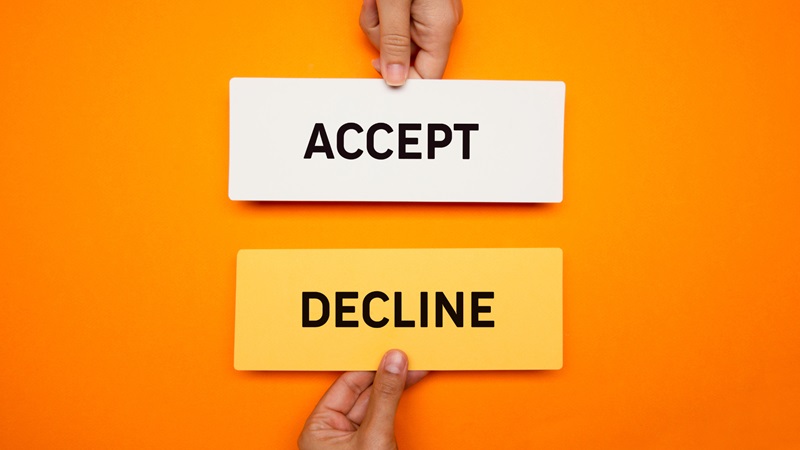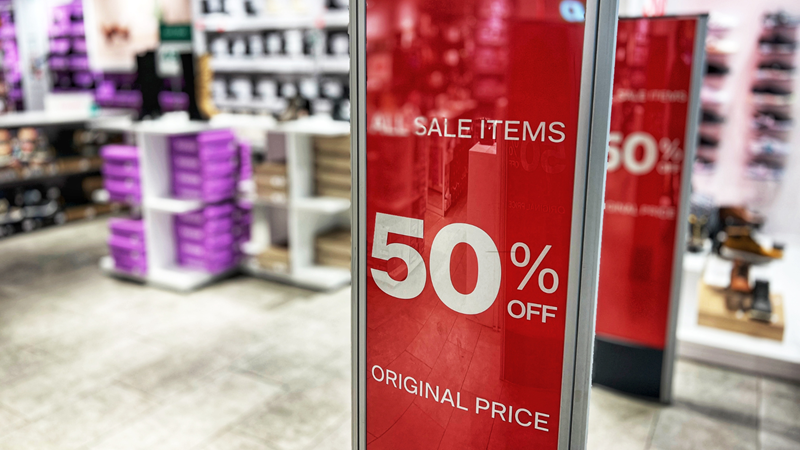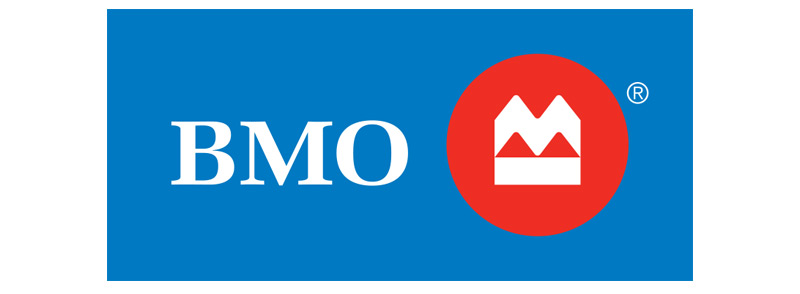Brand isn’t dead – we just don’t know how to measure it
This is the final blog in the three-part series from the Brand Council on “The Brand of Brands.” Read Part 1 and Part 2.
In an era where performance marketing takes centre stage, questions about the value of brand continue to surface. Organizations are increasingly focused on conversion and lower-funnel tactics, driven by the belief that if a tactic can’t be measured immediately, it isn’t worth doing. But, as we’ve established in the previous two articles in this series, brands still exist, and companies like Louis Vuitton and BMW continue to invest in brand marketing. So, brand isn’t dead, and this blog – the third and final installment – will explore the need to rethink brand measurement as a whole.
What’s changed?
Today’s marketing landscape rewards immediacy. Metrics like click-through rates, customer acquisition costs, and return-on-ad-spend dominate reporting. These indicators offer quick feedback and a sense of control: by adjusting a headline, tweaking a budget or swapping an image, a marketer can see the numbers shift and ultimately change the outcome. The cause-and-effect feels linear and logical. It’s no surprise then, that brand-building activities, which require long-term strategic commitment and patience are hard to stick with, and may appear ineffective by comparison; at least in the short term. But here’s the truth: performance marketing focuses on the features; brand marketing appeals to a higher order of thinking, the benefits, the feelings and the perceptions. The brand is what brings consumers back time and time again.
Brand building takes time
If a brand is perception, and it still is valuable to a consumer, then we have to treat measuring it differently. Think about your feelings for and association with Starbucks. These have likely developed from years of exposure to advertising, first- and second-hand experiences, product consumption and word-of-mouth. It takes time to build a brand; to create those associations in a consumers’ mind, to develop those feelings and perceptions, and ultimately to build loyalty. Brand health used to be measured using awareness, recall and preference.
Although not perfect, these metrics tracked a brand’s ability to embed itself into consumers’ hearts and minds.
Consider some of the world’s most valuable brands: Coca-Cola, McDonald’s, Mercedes Benz. Their strength wasn’t built in a couple months by tracking clicks and conversions; but rather over decades through storytelling and consistent experiences that built an emotional connection.
Today, just as consumers' attention spans are getting shorter, so are corporations’ expectations of results. It takes time to see results of brand health, but because leaders aren’t willing to wait, brand building has been left behind.
Time to rethink brand measurement
So, if we know that the brand health metrics we used to use may not be valuable today, what should we do? Well, like performance marketing, brand measurement is evolving. With tools like brand tracking software, primary research, sentiment analysis and AI-driven insights, we can now approach brand with the same analytical sophistication we apply to performance.
With the right intention and strategy, marketers can measure brand as a way to get a holistic picture of their perception in the market. Here are ways brand value can be measured today:
- Balance short- and long-term metrics. Don’t let quarterly targets distract you from the bigger picture. Evaluate brand health on its own timeline.
- Educate stakeholders. Help leaders understand that brand and performance aren’t competing, but in fact are complementary.
- Invest in the right tools. Just as with performance marketing, determine the right metrics for your business, and research and select the best tools to measure those metrics.
- Include qualitative feedback. Talk to your customers. Understand what impacts their trust, loyalty and emotional connection. These insights can be just as powerful as any dashboard metric.
So, as we conclude this series: brand isn’t dead; it’s just misunderstood. By rethinking what we define as brand, how it operates and how we measure it, we can bring it back into focus. The strongest brands of the future will be built by those who understand the value of brand building and commit to it.



































